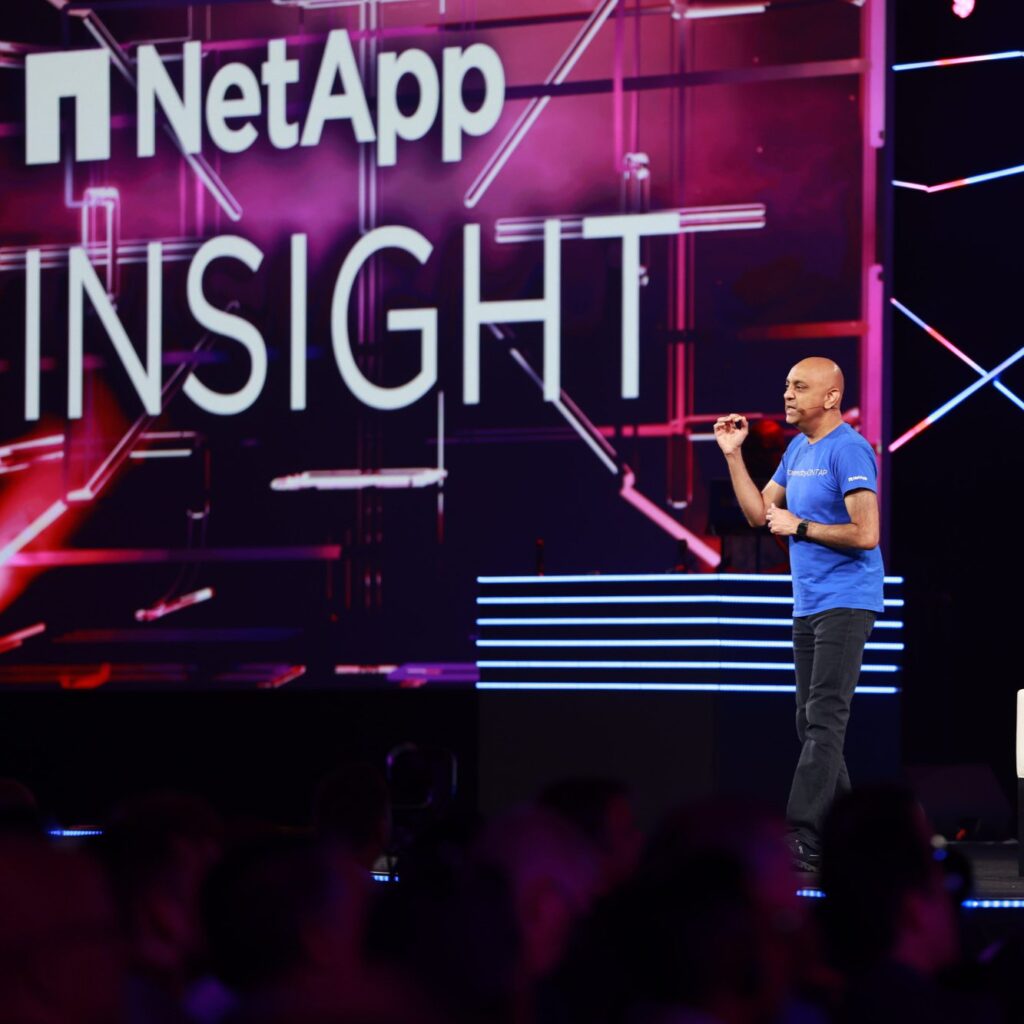“…Therefore, send not to know
For whom the bell tolls,
It tolls for thee.”
- John Donne, “No man is an island”
Introduction
No enterprise is an island of security when it comes to cyber-attacks. Australia suffered a staggering 47 million data breaches in 2024 — equivalent to one attack every second — representing a twelvefold increase from the previous year. With breach costs reaching a record high of A$ 4.26 million per incident the message is clear: traditional cybersecurity approaches are no longer sufficient to defend against today’s sophisticated threat landscape.
Enterprises, particularly those operating in high-risk sectors like healthcare, financial services, or the government, are discovering that the answer lies not in adding more security tools, but in fundamentally reimagining how Artificial Intelligence (AI) and automation can transform their posture from reactive response to predictive protection.
The Escalating Threat Landscape
The cybersecurity bells are tolling across boardrooms from Sydney to Perth. The Office of the Australian Information Commissioner received a record 527 data breach notifications in the first half of 2024, the highest number since 2020 and a 9% increase from the previous six months. More concerning still, cybersecurity incidents accounted for 38% of all reported breaches, with malicious attacks comprising 67% of these incidents.
This is more than increased reporting; it reflects a fundamental shift in how adversaries operate. Today, cybercriminals leverage AI to accelerate attack sophistication, rendering traditional perimeter-based defenses and human-dependent incident response protocols inadequate.
The business impact extends far beyond immediate financial losses. High-profile incidents in sectors as varied as digital health and aviation underscore how cyber incidents can cascade into systemic risks affecting national security and public trust.
Tool Consolidation: Less is More
Stepping into the solutions space, one of the most pressing challenges facing Chief Information Security Officers (CISOs) today isn’t a lack of security tools — it’s managing the overwhelming complexity that comes with sprawling vendor ecosystems. Recent research by Gartner reveals that organisations deploy an average of 45 cybersecurity tools. Yet, 44% of CISOs surveyed by a Gigamon survey report they were unable to detect data breaches in the past 12 months using their existing security arsenal.
It’s evident that proliferation without integration creates dangerous blind spots rather than comprehensive coverage. The solution isn’t more tools — it’s in more intelligent integration.
The shift toward consolidation represents a strategic evolution in thinking. Rather than pursuing “best-of-breed” point solutions, enterprises are moving towards embracing “best-of-suite” approaches that prioritise interoperability and unified visibility. This consolidation strategy addresses several critical pain points: reducing alert fatigue, eliminating configuration gaps between disparate systems, and enabling more coherent threat hunting and incident response.
True Power of AI: Context Over Volume
The true power of using AI in cybersecurity lies in fundamentally transforming how security teams analyse and respond to threats. Modern AI systems excel at threat contextualisation — taking the thousands of daily alerts that overwhelm human analysts and providing meaningful prioritisation based on business impact, attack progression, and environmental context.
Consider the evolution of Security Operations Centres (SOCs) across Australian enterprises. Typically, SOCs generate tens of thousands of alerts daily, forcing analysts to make rapid triage decisions with limited context. AI-powered platforms can now analyse these alerts in real-time, correlating them with threat intelligence, business context, and historical patterns to identify the most critical threats, while suppressing false positives at the same time.
For large enterprises, Small Language Models (SLMs) are a great addition to the arsenal when it comes to integration and contextualisation. SLMs can also help SOCs automate the integration of disparate security tools, facilitating seamless communication and data sharing between systems, and enhancing overall operational efficiency. By contextualising security alerts and incidents, SLMs can also help security teams prioritise threats based on relevance and urgency, improving incident response times.
This contextual intelligence is particularly powerful when applied to zero-day threats and lateral movement detection. AI systems can identify the subtle behavioural anomalies that indicate adversarial presence even when specific attack signatures remain unknown. For instance, Machine Learning (ML) algorithms can detect unusual patterns in network traffic, application behaviour, or user access that suggest scouting on the network or attempts to gain higher-level access.
The impact on response times can be significant. For instance, businesses implementing AI-driven threat detection report reducing Mean Time To Respond (MTTR) by 12.3%, while simultaneously improving the accuracy of threat classification. This acceleration is critical when considering that the fastest adversaries now achieve lateral movement in just 27 minutes, and average breakout times are now 48 minutes.
Automated Response: From Minutes to Milliseconds
AI-powered automated incident response has transformed SOC operations. Modern automated response mechanisms extend far beyond simple rule-based actions to include sophisticated playbooks that can adapt based on attack progression and environmental factors.
Today, self-healing endpoints (devices that automatically restore themselves to a clean state) can automatically isolate compromised systems, roll back malicious changes, and restore clean system states without human intervention. These capabilities are particularly crucial for ransomware defense, where the window for effective containment can be measured in minutes rather than hours.
Security orchestration platforms now integrate with cloud infrastructure, identity management systems, and network controls to enable coordinated responses that can simultaneously contain threats, preserve evidence, and maintain business continuity. For example, when AI systems detect credential compromise, automated responses can immediately disable affected accounts, reset passwords, trigger multi-factor authentication challenges, and notify relevant stakeholders — all while maintaining detailed audit logs for forensic analysis.
The impact on the effectiveness of security teams can be profound. By automating routine incident response tasks, teams can reduce human error in cybersecurity processes, and free up their skilled analysts to focus on threat hunting, strategic security planning, and complex investigation work that truly requires human expertise. This shift is particularly valuable given the huge demand for professionals with cybersecurity skills.
Managing AI Risks: The Other Side of the Coin
While AI offers transformative potential for cybersecurity defense, it also introduces new categories of risk that organisations must carefully manage. The same AI technologies that enhance defensive capabilities are increasingly available to adversaries, leading to more sophisticated attacks, including AI-generated phishing campaigns, deepfake social engineering, and automated vulnerability discovery.
Organisations must also navigate the compliance implications of AI deployment. Australia’s Artificial Intelligence Ethics Principles and evolving privacy regulations build in careful consideration of how AI systems respect and uphold privacy rights and data protection, and ensure the security of data.
The ROI of AI-Powered Security
AI-powered security platforms enable businesses to shift from reactive incident response to proactive threat hunting and risk mitigation. This transformation allows security teams to identify and address vulnerabilities before they can be exploited, fundamentally changing the economics of cybersecurity from damage control to prevention.
The business case for AI-powered cybersecurity becomes clear when we examine quantitative outcomes. The cost of data breaches has come down by almost 40% post-AI deployments. Response times are faster (~39%). False positives have reduced as well, by as much as 37%. Overall, security incidents have come down by a third. These improvements translate directly into reduced business impact from security incidents and a significant return on AI investments.
Cybersecurity: May the Bells Toll Ever Lesser
The unprecedented scale of current threats demands fundamental changes in how enterprises approach cyber defense. Those who view AI and automation as mere additions to existing security stacks will find themselves overwhelmed by complexity and cost.
Companies that will thrive are those that embrace AI as a transformative force, enabling entirely new approaches to threat detection, incident response, and risk management. This transformation requires more than technology adoption; it demands strategic rethinking of security architecture, operational processes, and organisational capabilities.
Importantly, this evolution demands investment in workforce development. Security professionals need training in AI system management, prompt engineering, and algorithmic decision-making to effectively leverage these new capabilities. Businesses may also consider how AI-driven automation changes skill requirements and career paths within cybersecurity teams.
For CISOs and security leaders, the question is how quickly they can implement AI-powered cybersecurity capabilities while managing associated risks. In a threat environment where every second matters, the organisations that master this balance will define the future of cyber resilience. They can ensure the bells do not toll as much, if at all.
References
- https://www.cyberdaily.au/culture/11698-australia-suffered-a-cyber-attack-every-second-in-2024-47-million-data-breaches
- https://www.techrepublic.com/article/state-of-data-breach-australia-2024/
- https://www.oaic.gov.au/privacy/notifiable-data-breaches/notifiable-data-breaches-publications/notifiable-data-breaches-report-january-to-june-2024
- https://www.cyber.gov.au/about-us/view-all-content/reports-and-statistics/annual-cyber-threat-report-2023-2024
- https://www.corbado.com/blog/data-breaches-australia
- https://www.gartner.com/en/newsroom/press-releases/2025-03-03-gartner-identifiesthe-top-cybersecurity-trends-for-2025
- https://www.gigamon.com/company/news-and-events/newsroom/survey-reveals-ciso-priorities-for-2025.html
- https://www.forrester.com/blogs/announcing-the-forrester-wave-extended-detection-and-response-platforms-q2-2024/
- https://cdn-dynmedia-1.microsoft.com/is/content/microsoftcorp/microsoft/final/en-us/microsoft-product-and-services/security/New-Tech-Projected-TEI-of-Microsoft-Security-Copilot-111824.pdf
- https://reliaquest.com/blog/racing-the-clock-outpacing-accelerating-attacks/
- https://www.linkedin.com/posts/mitchellhamiltonbarnes_cybersecurity-cybercareers-australiacyber-activity-7325696473780621312-G6-4/
- https://architecture.digital.gov.au/strategy/australias-artificial-intelligence-ethics-principles
- https://www.cybersecurity-insiders.com/wp-content/uploads/2023-AI-in-Cybersecurity-Report-Enea.pdf
- https://www.darktrace.com/blog/introducing-the-ai-maturity-model-for-cybersecurity
- https://www.gartner.com/en/newsroom/press-releases/2024-03-18-gartner-unveils-top-eight-cybersecurity-predictions-for-2024
- https://www.homeaffairs.gov.au/about-us/our-portfolios/cyber-security/cyber-coordinator/medisecure-cyber-security-incident
- https://www.reuters.com/world/asia-pacific/qantas-confirms-over-million-customers-personal-information-leaked-2025-07-09/https://www.reuters.com/world/asia-pacific/qantas-confirms-over-million-customers-personal-information-leaked-2025-07-09/
- https://www.homeaffairs.gov.au/cyber-security-subsite/files/2023-cyber-security-strategy.pdf





